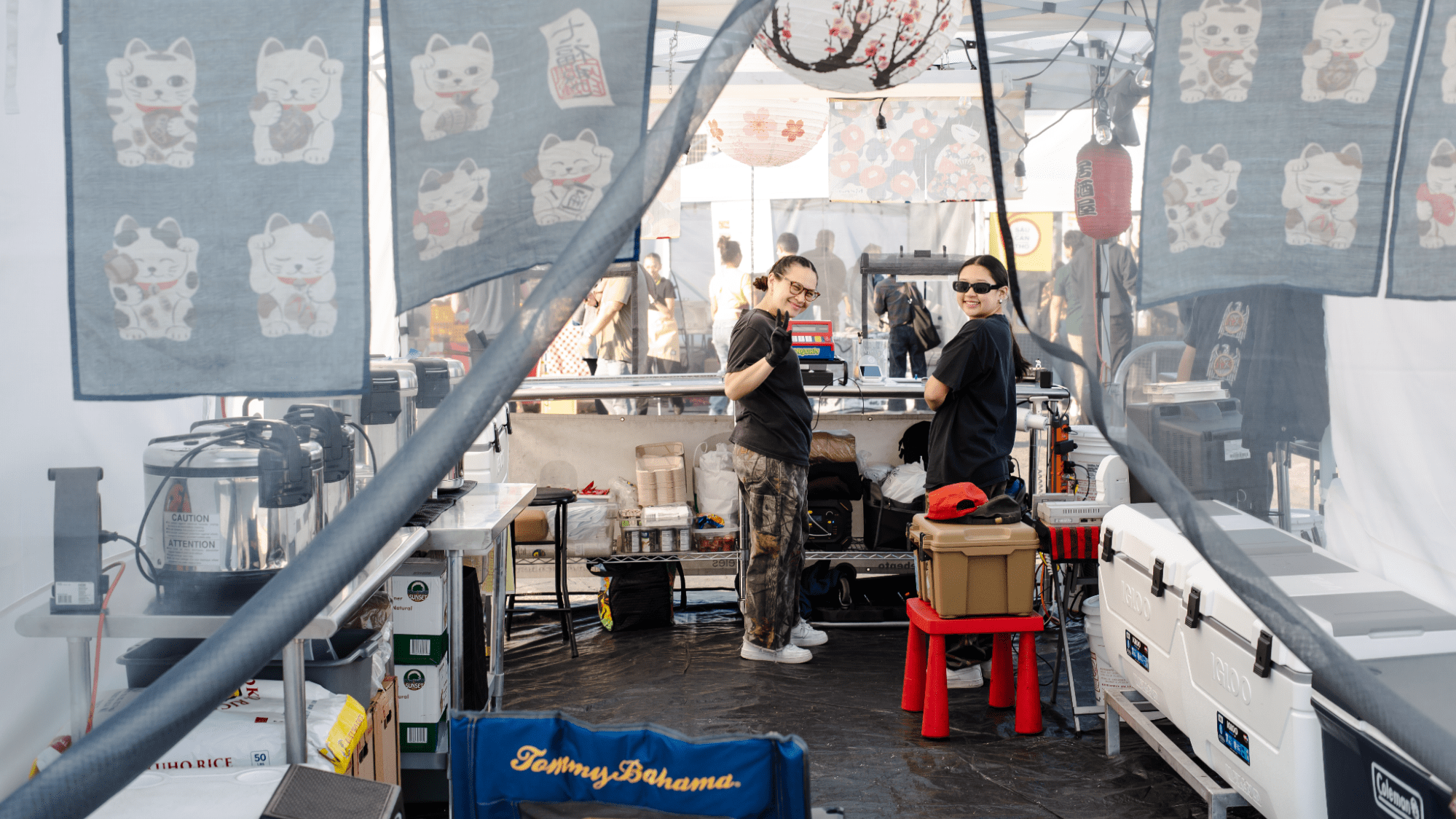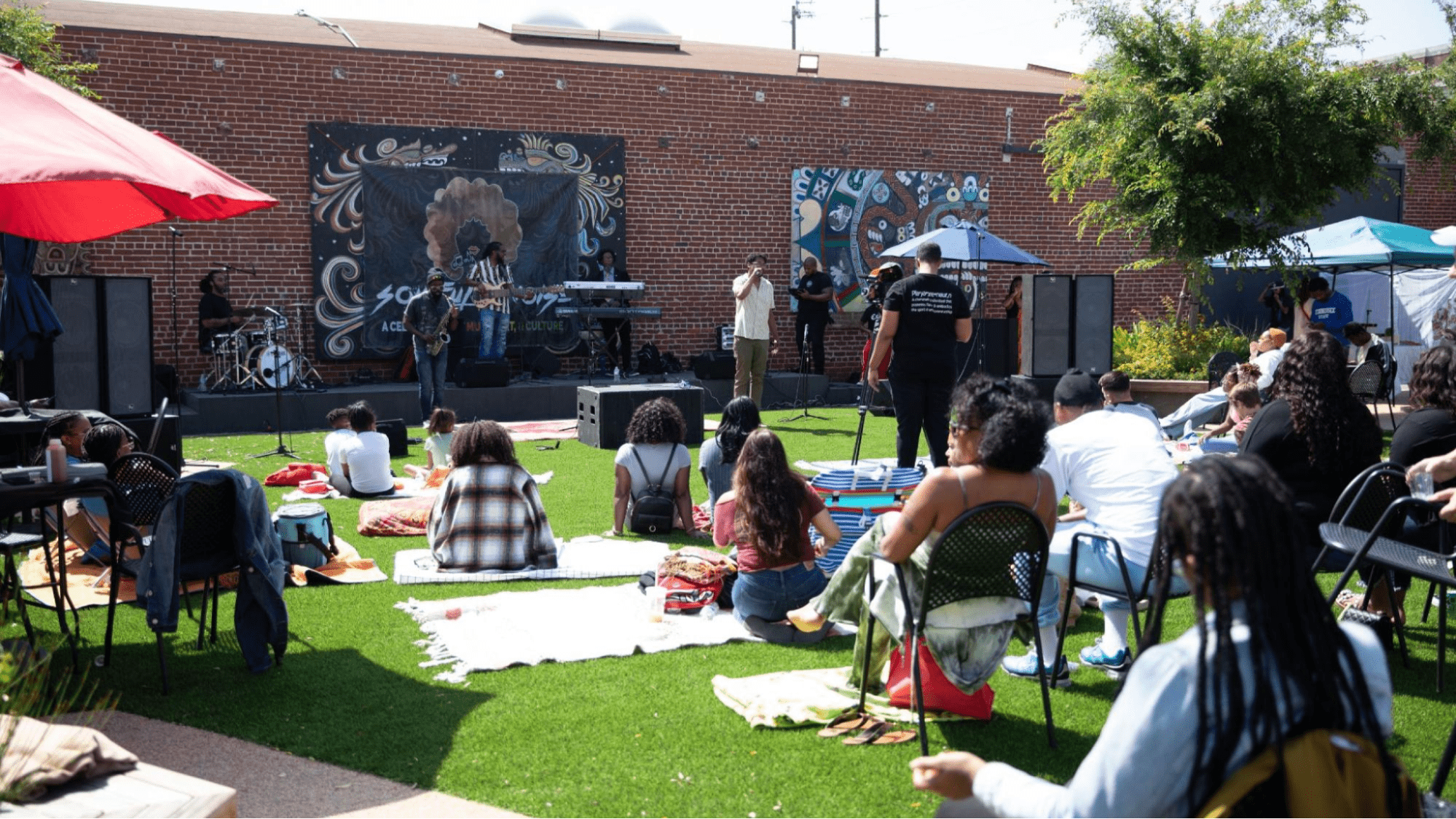One of the key administrative tasks for an event planner is determining the cost of renting a venue. While the cost varies depending on size, location, and amenities, determining an appropriate budget is fairly straightforward.
Here are some useful questions to keep in mind:
- How do I determine if the cost of hiring a venue fits my budget?
- What amenities are non-negotiable?
- What sort of deals or price cuts should I request?
Read on to learn how much does it cost to rent a venue for an event and how pricing packages, amenities, and venue types can impact your location selection.
What are some typical venue pricing models?
Be aware that different venues charge for their services in different ways. To help, we’ve created an introductory guide to the twelve most common ways that venues charge.

Rental fee
A rental fee is a fixed price, payable per day, half-day, or hour. The rental fee is usually just for the space and doesn’t include extras like food and beverages. Check that any items you see in the room, such as furniture or equipment, are included in the price.
Ask if the venue will allow catering from outside suppliers; some offer catering or have a list of preferred suppliers. Note that catering will typically incur additional fees.
Uncatered venue
Look for an uncatered venue if you want to supply your own food and drinks. You’ll pay a fixed price to rent the space, but you can bring in your own equipment and catering. These venues are “blank canvases,” so they come without décor or equipment.
You’ll be responsible for bringing everything in and may also pay a premium for renting the venue without strings attached. However, if you're savvy, it can work out as a cheaper option.
Package per person
Some venues charge a separate fee for the space rather than bundle it with the catering cost. If you’re having a party or dinner, you can pay a price per person to cover the event space, food, serving staff, and a set amount of alcohol (usually an allotted number of drink tokens).
Negotiate for the inclusion of extras, such as a dance floor. You might get a more competitive deal for dining events by going to a restaurant, as they have fixed costs.
Conference packaging
While conference packaging remains more popular in the UK and Europe, some US venues now offer conference packaging as well. These are often available as both half and full-day packages.
You pay a set price per attendee, which includes the event space with furniture, refreshment breaks (usually three throughout the day), lunch, essential AV equipment, and extras such as notepads and pens.
However, note that on average, most US venues still prefer to charge their patrons line item by line item.
Minimum price point
Venues that charge a minimum price point or "minimum spend" don't usually charge rental fees. Instead, they stipulate that a minimum figure must be spent on food and drink. Determine if this is a good option by looking at the cost of what's on the menu.
For example, if drinks cost twice as much as at other venues, it may not be a good deal overall. If prices are comparable, and you know you'll reach the minimum spend threshold, why pay extra for space rental?
This deal is attractive if guests expect to purchase their own drinks, effectively giving you a free venue. The only risk is that if guests don't spend enough to meet the threshold, you'll be required to make up the difference.
Minimum number of guests
Some venues, such as bars and clubs, may be open to the idea of an arrangement whereby you guarantee the minimum number of attendees rather than the amount they'll spend on drinks.
As the loss/gain for the venue is less tangible, you'll have to negotiate the penalty should you fail to provide the promised footfall.

Do venue rental costs vary by geography?
Venue pricing varies widely depending on location. For example, in densely populated coastal cities with high costs of living, such as San Francisco and New York, you should expect to pay more. If you’re hunting for a venue in a more rural part of the US, you may be able to cut costs. That said, you will likely also have fewer options.
Here's a comparison table of average rental costs in major U.S. cities (as listed on Peerspace).
| Location | Average Venue Rental Cost Per Hour |
|---|---|
| San Francisco, CA | $173 |
| New York, NY | $201 |
| Chicago, IL | $146 |
| Austin, TX | $186 |
| Denver, CO | $179 |
Are there peak seasons that affect venue rental prices?
Venue rental prices often fluctuate based on peak seasons. High-demand periods, like holidays and wedding seasons, typically see higher rates.
Major holidays such as Christmas, New Year's Eve, and Thanksgiving are prime times for increased demand. Prominent wedding seasons in the US include late spring (May and June) and early fall (September and October).
Off-peak times, such as weekdays or less popular months, can offer more affordable options. Booking early can also help you secure better rates during these busy times.

11 Types of venues and their pricing
There's a wide selection of venues to rent for events these days. Familiarize yourself with all the options so you don't miss any hidden gems that might be available.
1. Hotels
Typical Rental Price Range: Upward of $1,000 per day for a ballroom, $70 to $160 per hour for a conference room
Typical Pricing Strategy: Rental fee
Most hotels have at least one or two event spaces. Larger hotels will have ballrooms, while other spaces, such as restaurants, bars, and event halls might also be available for rent.
2. Dedicated conference centers
Typical Rental Price Range: $30 to $60 per day
Typical Pricing Strategy: Conference packaging
Dedicated event venues offer a range of spaces, from small boardrooms to large auditoriums. Some will include catering in the price, while others won't.
3. Business and co-working centers
Typical Rental Price Range: $230 to $3,000, depending on capacity
Typical Pricing Strategy: Minimum price point if a more social space, rental fee if not
These usually have meeting rooms available for members to use, sometimes at no extra cost. They may also have social areas suitable for events such as networking.

4. Halls and community spaces
Typical Rental Price Range: $40 to $150 per hour
Typical Pricing Strategy: Rental fee
Local authorities often have several spaces available for private rental, sometimes subsidized. Religious organizations also often offer lower-cost options for renting a hall.
5. Sports bars
Typical Rental Price Range: $100-150 per hour
Typical Pricing Strategy: Uncatered venue
Golf clubs, sports clubs, and community centers all look to make extra income from their premises.
6. Restaurants
Typical Rental Price Range: $100 to $500 per hour
Typical Pricing Strategy: Either minimum price point or package per person
If your event is large enough, rent the entire restaurant. Alternatively, many restaurants offer private dining rooms or partitioned areas to book exclusively.

7. Bars, pubs, and clubs
Typical Rental Price Range: $100-150 per hour
Typical Pricing Strategy: Minimum price point
Many bars allow you to rent them privately, and you can rent rooms in bars. Clubs only open to the public at night can be a low-cost solution for daytime events, but please take a look at the room before any money changes hands. Scuff marks and outdated furnishings that go unnoticed at night might be all too apparent.
8. Academic
Typical Rental Price Range: $60 to $260 per hour
Typical Pricing Strategy: Rental fee
Universities, colleges, and schools can be affordable venues. If your event is outside term time and requires accommodation, university campuses are a great option.
9. Stadiums and arenas
Typical Rental Price Range: $1,200+ per day
Typical Pricing Strategy: Rental fee
These venues have the capacity to hold thousands, making them ideal for large events. They also have facilities for smaller gatherings. Ease of access and on-site parking are bonuses.

10. Fields and pavilions
Typical Rental Price Range: $75 to $100 per hour
Typical Pricing Strategy: Rental fee
Landowners and agricultural societies often make sites available for events such as festivals and fairs. Rent out a tent or find a site with an existing semi-permanent structure or barn.
11. Parks and public spaces
Typical Rental Price Range: $0 to $500 per day
Typical Pricing Strategy: Uncatered venue
You can rent locally- or government-owned parks and outdoor spaces, and submit an application to hold events such as street parties free of charge.
How to negotiate a better price for a venue rental?
Whether you’re planning a corporate event, a wedding, or a community gathering, knowing how to approach venue negotiations will give you the upper hand. Here are some practical tips to help you navigate the process and come out on top while maintaining a positive relationship with the venue provider.
- Research and compare: Do your homework by researching multiple venues and comparing their pricing structures. Use this information as leverage when negotiating for the best deal.
- Be flexible with dates: If your event dates are flexible, consider booking during off-peak times. Venues often offer lower rates during these periods to fill their schedules.
- Package deals: Ask about package deals that include additional services such as catering, audiovisual equipment, or décor. Bundling services can often result in cost savings.
- Ask for discounts: Don't hesitate to inquire about available discounts. Some venues offer lower rates for non-profits, early bookings, or long-term commitments.
- Highlight your value: If your event can bring positive publicity or repeat business to the venue, make sure to mention it. Venues may be more willing to negotiate if they see added value in hosting your event.
- Read the fine print: Carefully review the contract terms and ask about hidden fees or additional costs. Clarifying these details upfront can prevent unexpected expenses later.

Can non-profit organizations get a discount?
Many venues offer discounts for non-profit organizations, recognizing the vital role these groups play in our communities. These discounts can significantly ease the financial burden of event planning, making hosting various functions such as fundraisers, community outreach programs, and educational seminars more feasible.
To maximize your chances of securing a discount, it’s crucial to highlight your organization’s mission and the purpose of the event when making inquiries.
Sharing detailed information about the anticipated impact of the event can position your organization favorably. Venues are often more willing to offer reduced rates if they understand the value and benefit the event brings to the community.
Additionally, some venues have partnerships or exclusive pricing structures tailored explicitly for non-profit organizations. It's worth asking about any such arrangements early in the negotiation process.
Ready to organize your event?
With so many venues available, the scope can seem daunting. However, with Eventbrite resources, you'll be kicking off your event in no time. Once you've chosen your venue, discover how to set up your event with help from Eventbrite.






